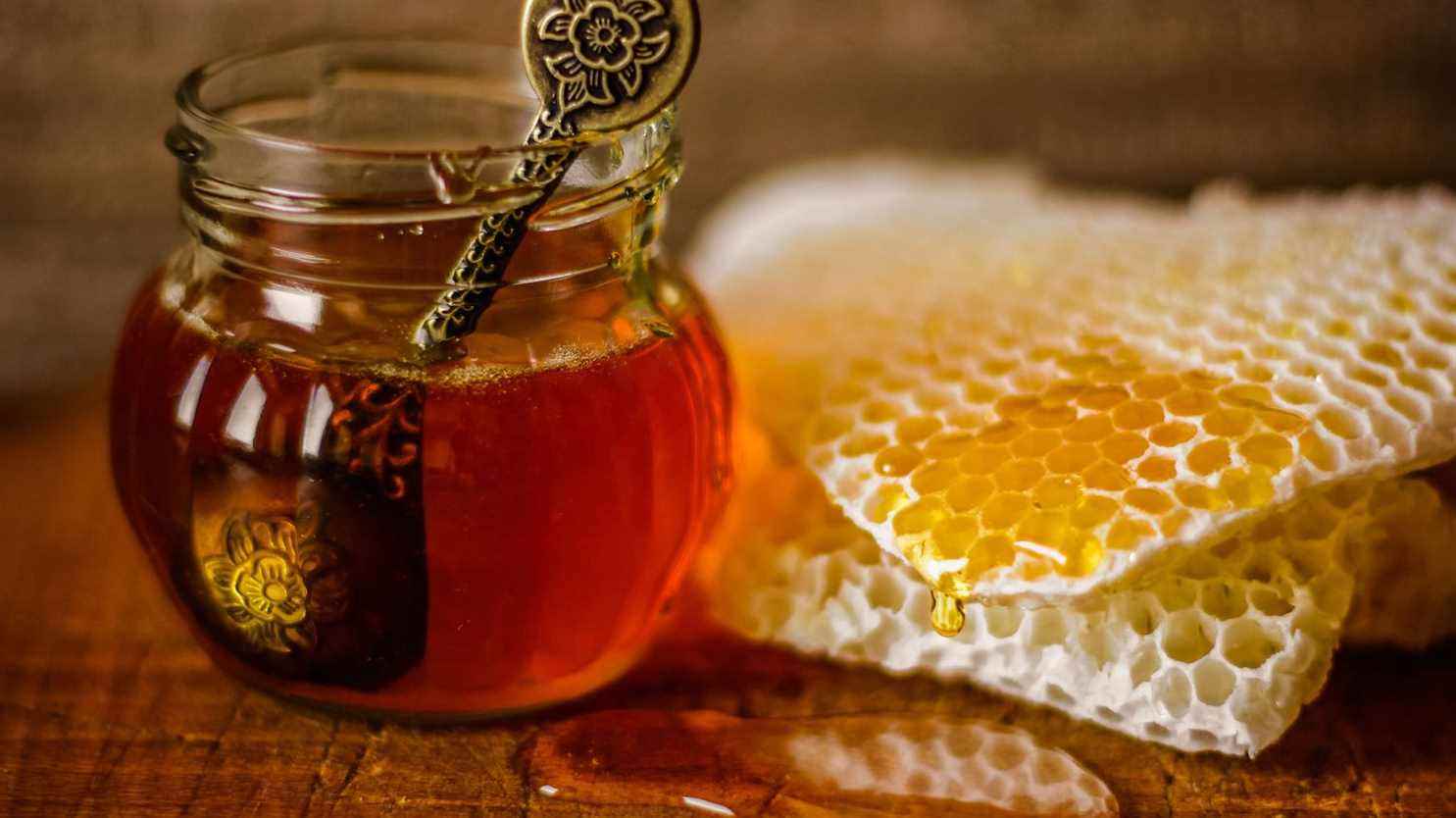Honey is a natural product that the French consume in large quantities, more than what our country produces elsewhere. The magazine 60 million consumers publishes a feature on liquid or creamy flower honeys. 24 honeys were analyzed. Return on this investigation with Patricia Chairopoulos.
franceinfo: You have tested, analyzed the composition and the labeling of 24 honeys that can be found on the market. What did you want to know?
Patricia Chairopoulos: For several years, honey has been the target of numerous frauds, such as the addition of water or exogenous sugars. There is also an increasingly strong presence of imported honeys from Bulgaria, Spain, Argentina, etc. This presence makes it possible to cover our demand – which amounts to more than 40,000 tonnes each year – since national production is not sufficient.
In 2021, our beekeepers were only able to harvest between 7,000 and 9,000 tonnes of honey …
We therefore sought to know whether the imported honeys were of the same quality as their French counterparts, and, moreover, whether products with labels, such as the Label Rouge or organic, stood out from the crowd.
What makes a well classified honey different from a poorly classified email?
To classify honeys according to their intrinsic quality, and not on taste, a large number of physicochemical criteria must be taken into account.
A well classified honey must be irreproachable, or almost, on its composition in sugars, fructose and glucose especially. From a regulatory point of view, the sum of these two sugars must represent at least 60 grams per 100 grams of flower honey, those of our study. You also need the lowest possible humidity level; one of the Label Rouge honeys in our study, among the best ranked, thus has a very low humidity level.
The freshness of honey also comes into play, because this product degrades over time. This freshness is measured by several very technical criteria. In any case, we can say that the worst classified honeys in our study are not fresh enough, they start to degrade. We also checked whether there had been any fraudulent additions of water or sugars: none of the 24 honeys in our study seemed to be concerned.
And are we sometimes found in honey?
This can happen, as our previous study showed. This time, good news: no trace of antibiotic was detected, and concerning pesticides, only two references contain traces of an antiparasitic sometimes used, legally, to treat hives against varroa.
Your analyzes allow to know if the honey has been “worked” in some way?
Legally, honey cannot be “handled”, for example with the addition of sugar, water or other substance. On the other hand, flower honeys are almost all made from mixtures of honeys. The analysis of the pollen grains allowed us to verify the presence of different floral species in the same pot, and from there, the regions of origin of the honey. For example, species such as rapeseed or chestnut are perfectly compatible with a French origin, while eucalyptus pollens are more typical of hot regions.
The main lesson that you draw from your tests is that the “product in France” can be a quality criterion?
In any case, this is what emerges from our tests: the first five honeys are “French origin”, that is to say, harvested, assembled and potted in France. Among the imported and lower rated honeys, one of the main complaints is their lack of freshness, which can affect the taste.
In the hollow, you show that the honey we buy can come from all over the world!
Since January 1, 2021, the manufacturer is obliged to mention on the label all the countries of origin. This is how we see the diversity of geographical origins, even in a single pot! One of them indicates up to six countries from different parts of the globe …
Are there labels that can help us make the right choice?
Without question, the Red Label is a guarantee of quality. On the other hand, the organic label, at least for honey, does not guarantee either superiority or “cleanliness” superior to conventional honeys.
Is the price a guarantee of quality?
It is clear that many honeys at the top of the ranking are rather expensive; we must also agree to pay a little more for honey from France, since it is rarer. Now, some imported honeys, which have a decent rating, are sold for less than 10 euros per kilo.
You put forward two honeys in particular, “the choice of 60”. One of them is 20 euros per kilo. In poorly classified honeys we find one at 32 euros …
In our choice, we favored Label rouge and IGP Provence honey. The price is obviously not that of a direct sale from a beekeeper, but it remains reasonable for this very good quality honey.
As for poorly classified honeys, the majority of them are cheap, at less than 10 euros / kilo; there is indeed one whose price is very high for an average quality. The price is not an absolute guarantee of quality, but all the same an indication …
